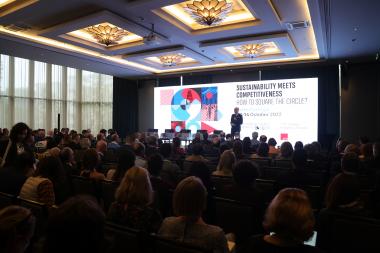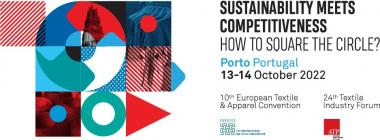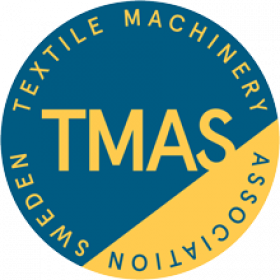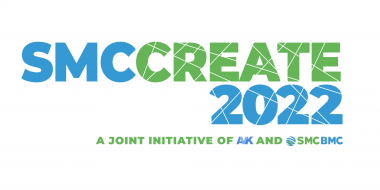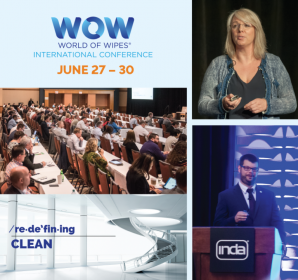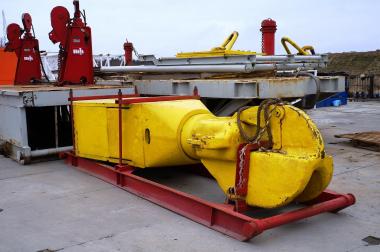VDMA Textile Machinery Association: Dr Harald Weber succeeds Thomas Waldmann
Dr. Harald Weber will become the new managing director of the VDMA Textile Machinery Association on 1 January 2023. The 44-year-old industrial engineer succeeds Thomas Waldmann, who has held the position since 1991 and will retire at the end of the year.
After completing his doctorate at the Technical University of Darmstadt and working as a lecturer at the University of Applied Sciences Mittelhessen (THM), Dr. Weber joined the VDMA in 2011. Since then, he has been responsible for the topics of technology and innovation in the Plastics and Rubber Machinery Association.
Dr. Janpeter Horn, Chairman of the VDMA Textile Machinery Association and Managing Director of August Herzog Maschinenfabrik, commented on the change of personnel: "From his previous work in the plastics industry, Dr. Weber has profound knowledge and experience in topics that are also gaining in importance in textile machinery manufacturing. Examples include recycling and the circular economy, as well as digitalisation and especially the communication standard OPC UA."
Dr. Horn added: "We combine our warm welcome to Dr. Weber with a big thank you to Thomas Waldmann. 30 years as managing director at the Textile Machinery Association also stand for constantly changing framework conditions. Mr. Waldmann has always had his finger on the pulse of the industry and, together with his team, has represented the special interests of the member companies: From technology policy to challenges of market access to the leading trade fair ITMA and the European association CEMATEX. ITMA 2007 in Munich was certainly a highlight. The executive board of the association wishes Mr. Waldmann all the best for the new phase of his life that is now beginning."
VDMA e. V.
Textile Machinery





